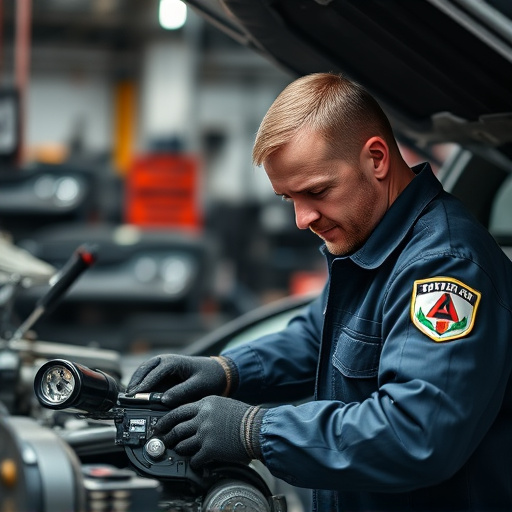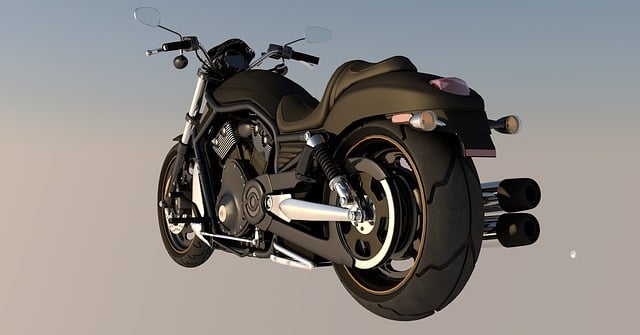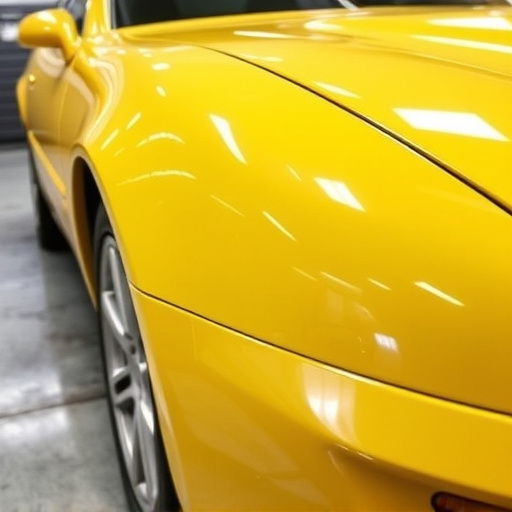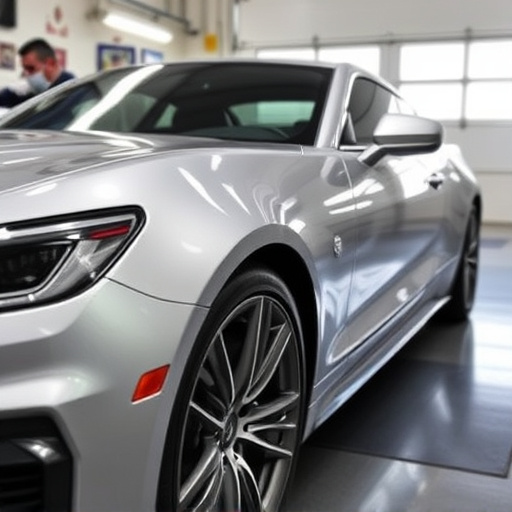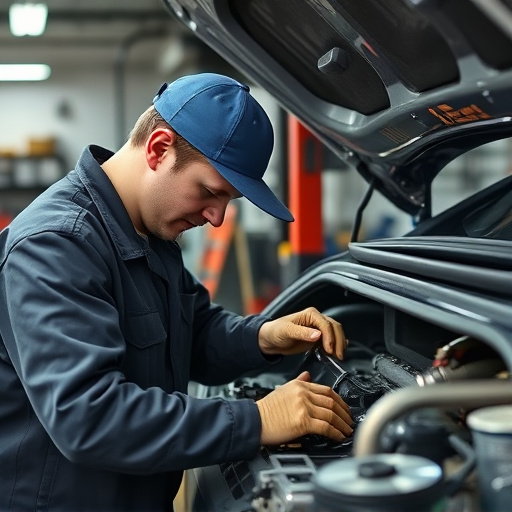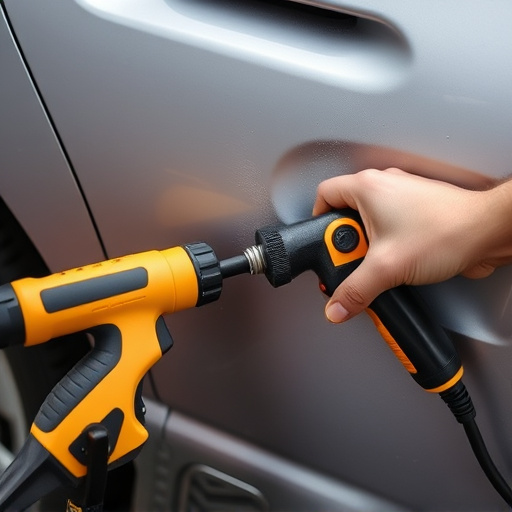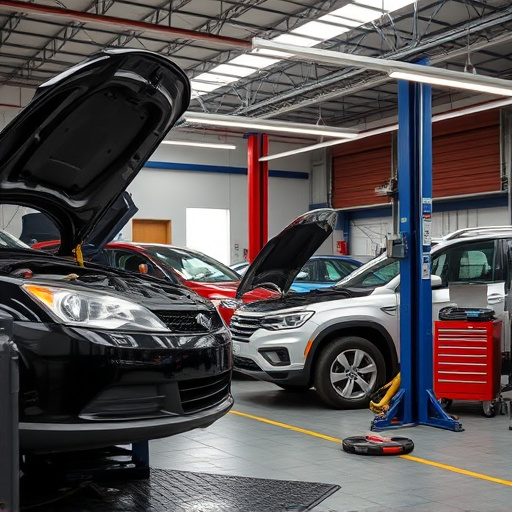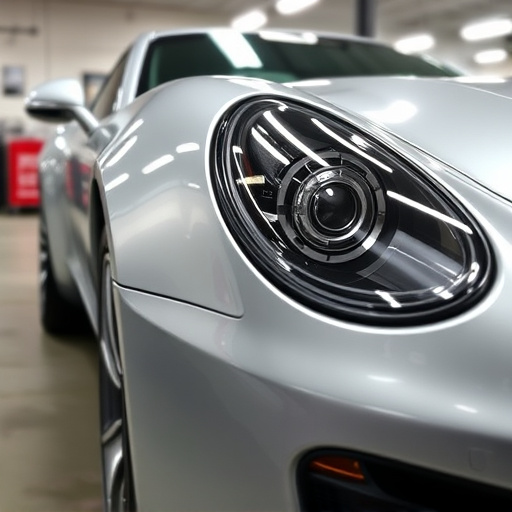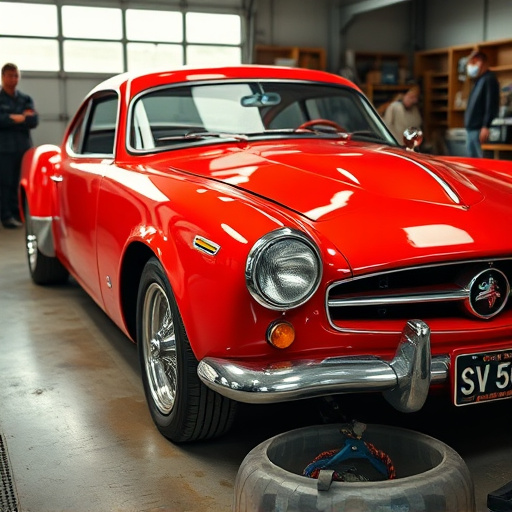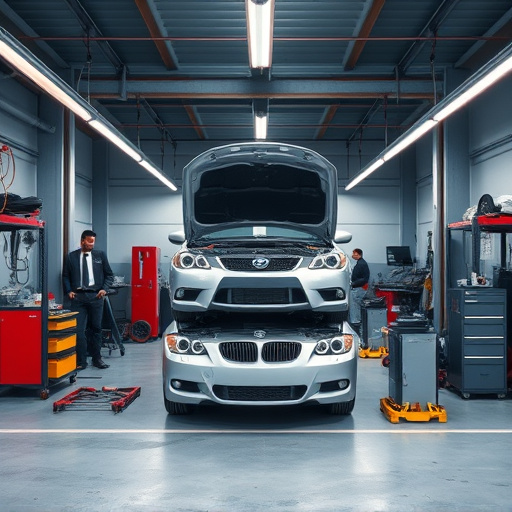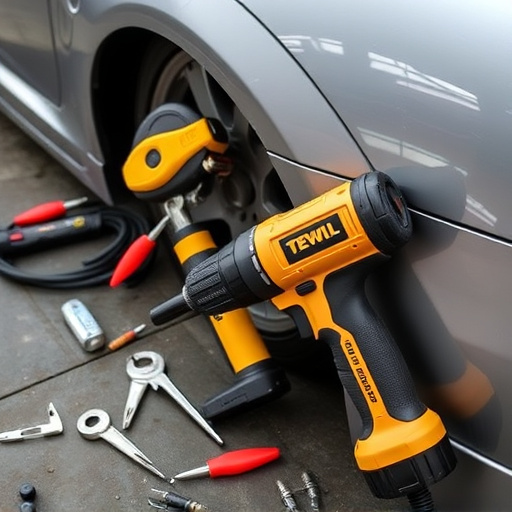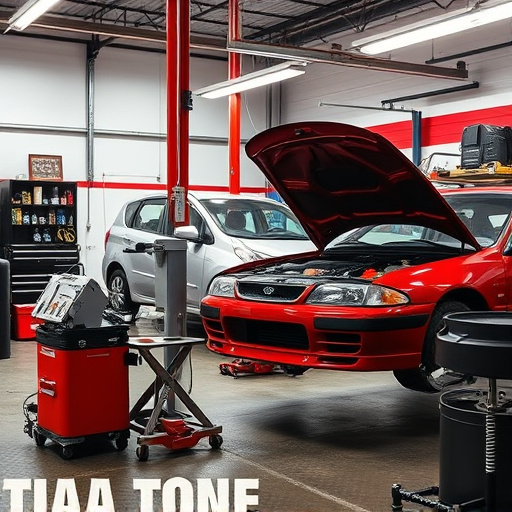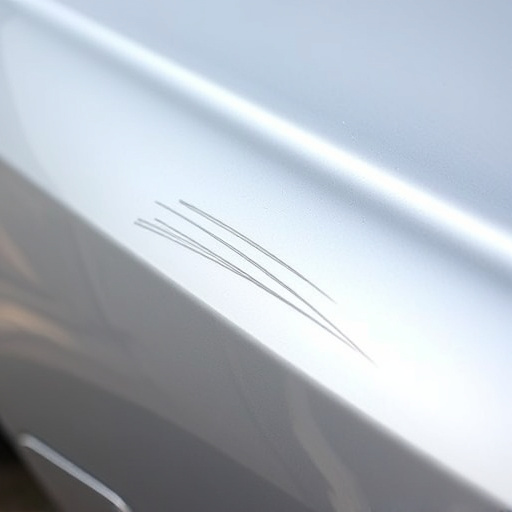MIG welding collision repair is a specialized auto body technique offering precision, control, and efficiency in restoring vehicles to pre-accident condition. Its maneuverability, versatility, and reduced heat input make it ideal for diverse repairs, minimizing distortion and maximizing strength. Skilled technicians combine technical expertise with vehicle knowledge to execute intricate welds and ensure structural soundness, extending vehicle lifespans while preserving integrity and aesthetic appeal.
In the realm of vehicle precision, MIG (Metal Inert Gas) welding collision repair stands as a game-changer. As today’s automotive landscape demands ever-higher craftsmanship, understanding MIG welding becomes paramount for achieving meticulous auto body repairs. This article delves into the art and advantages of MIG over alternative methods, highlighting its role in ensuring quality, safety, and unparalleled precision in collision repair. Skilled technicians armed with this knowledge are crucial for delivering top-tier vehicle restoration.
- Understanding MIG Welding: A Precision Art for Collision Repair
- Advantages of MIG Over Other Welding Methods in Auto Bodywork
- Ensuring Quality and Safety: The Importance of Skilled Technicians
Understanding MIG Welding: A Precision Art for Collision Repair
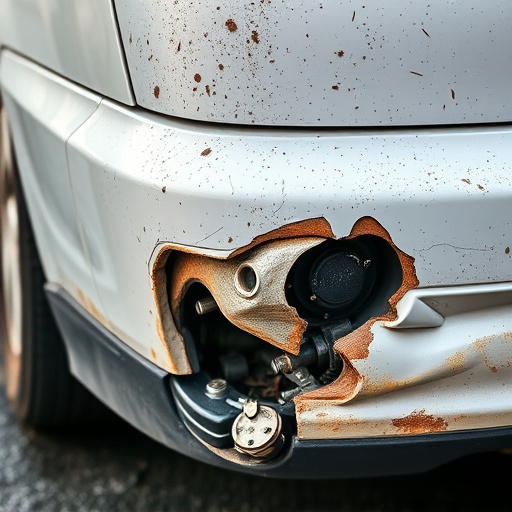
MIG welding collision repair is a specialized art that demands precision and skill. It’s more than just joining metal; it’s about restoring vehicles to their pre-accident condition with minimal distortion and maximum strength. This precise method involves using a machine to melt and join two pieces of metal, creating a strong bond that can withstand the rigors of modern driving. The process utilizes a wire feed, which delivers a continuous stream of molten metal to the weld joint, allowing for greater control and accuracy.
In the world of auto repair near me, where fleet repair services are in high demand, MIG welding stands out as a game-changer. Its ability to create clean, consistent welds is crucial for car dent removal and other complex collision repair tasks. Unlike traditional welding methods, MIG welding offers greater maneuverability, enabling technicians to access hard-to-reach areas with ease. This precision art ensures that repairs are not just visible but also structurally sound, giving vehicles a second life without compromising their integrity.
Advantages of MIG Over Other Welding Methods in Auto Bodywork
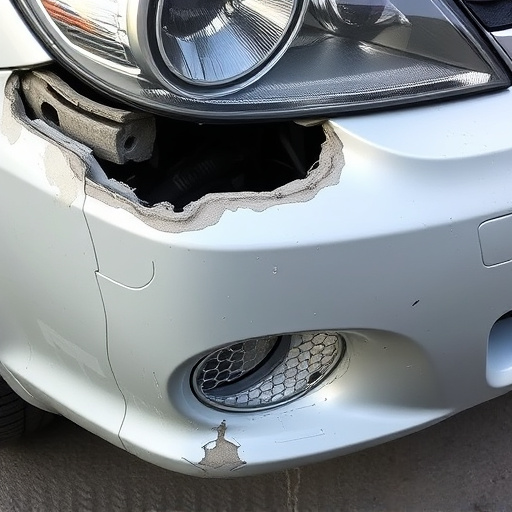
MIG welding collision repair stands out as a game-changer in the auto bodywork industry. Its advantages over traditional welding methods are numerous and significant, making it the preferred choice for precise and high-quality repairs. One of the key benefits is its versatility; MIG (Metal Inert Gas) welding can handle a wide range of materials, from thin sheet metal to more robust components, with equal ease. This makes it ideal for the diverse needs of collision repair, where various parts may require distinct welding techniques.
Furthermore, MIG welding offers exceptional precision and control, allowing technicians to make clean, consistent welds with minimal heat input. This precision is crucial in automotive repair, especially when dealing with intricate designs and complex shapes. Unlike some other methods, MIG welding generates less heat, reducing the risk of warping or damaging surrounding components, which is a common issue with bumper repair and automotive body work. This, coupled with its efficiency, means that auto collision centers can complete repairs faster while maintaining top-notch quality standards.
Ensuring Quality and Safety: The Importance of Skilled Technicians
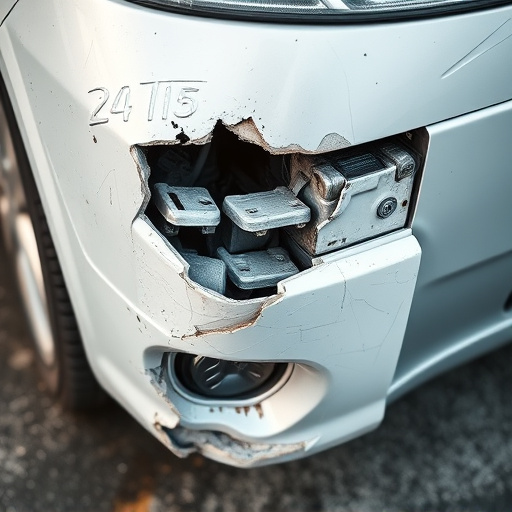
In the realm of MIG welding collision repair, skilled technicians are paramount to ensuring quality and safety standards in automotive collision repair. These experts wield precise control over the welding process, allowing them to delicately fuse metal components back together with meticulous accuracy. Their adeptness lies not only in their technical proficiency but also in their understanding of diverse vehicle makes and models, enabling them to tailor their approach for optimal results.
Through continuous training and experience, these technicians master not just the mechanics of MIG welding but also the nuances of car bodywork services, including fender repair. This holistic skill set ensures that every collision repair job, regardless of its complexity, is executed with a level of precision that mirrors the original craftsmanship, ultimately preserving the vehicle’s integrity and aesthetic appeal.
MIG welding collision repair stands out as a critical, precision-oriented approach in the auto industry. Its advantages over traditional welding methods are evident, from enhanced structural integrity to reduced heat input and faster healing times. However, the true value lies in the skilled technicians who wield this art, ensuring not just quality but also safety during restoration processes. As collision repair continues to evolve, investing in MIG welding expertise is essential for achieving exceptional vehicle precision and customer satisfaction.
